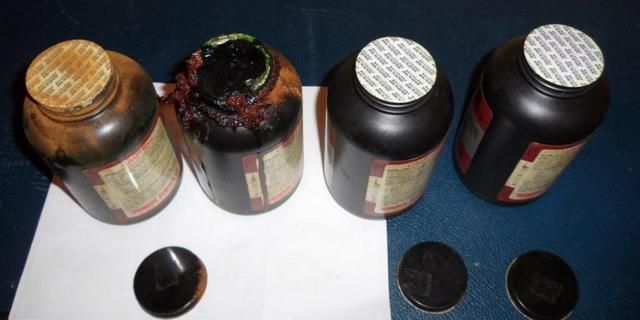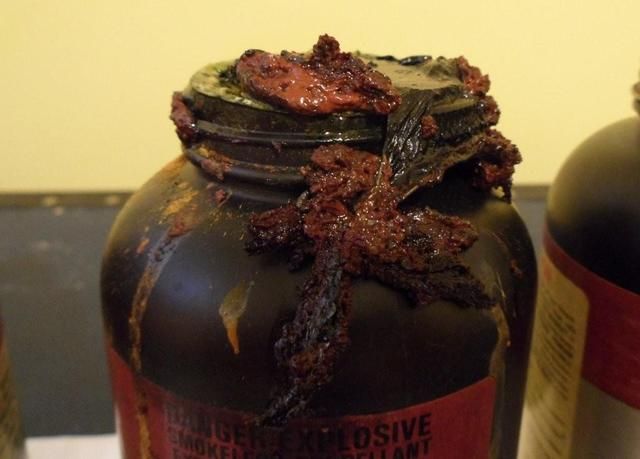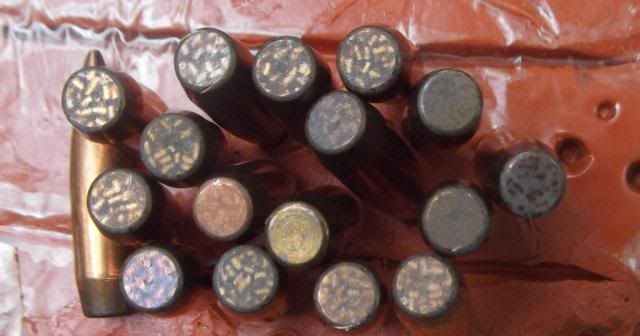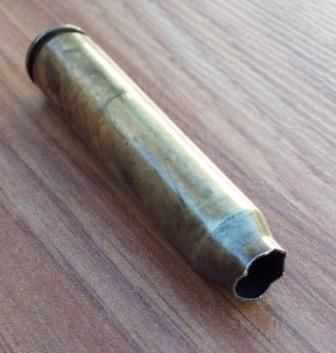Never used the VV powders to date, so can't comment on this issue with it.
That said though, I have seen and had this issue with some IMR 4831 powder loaded and stored for a period of time. I've also had it happen with some W-540 as well.
When I found this years ago I decided then that I would not load anything to be stored over about a years time. If I can't shoot it up, I figure I don't need to be loading that much.
That said though, I have seen and had this issue with some IMR 4831 powder loaded and stored for a period of time. I've also had it happen with some W-540 as well.
When I found this years ago I decided then that I would not load anything to be stored over about a years time. If I can't shoot it up, I figure I don't need to be loading that much.




